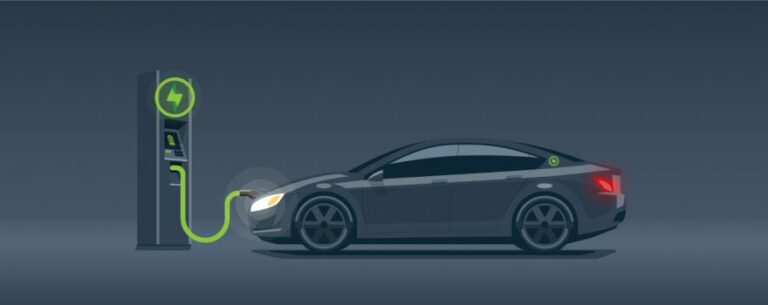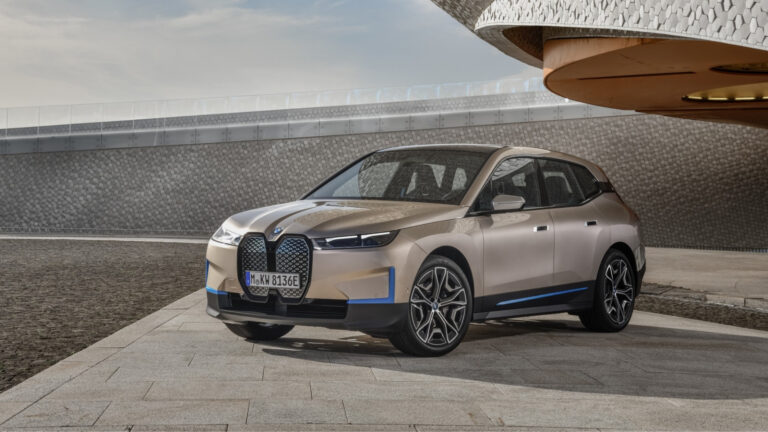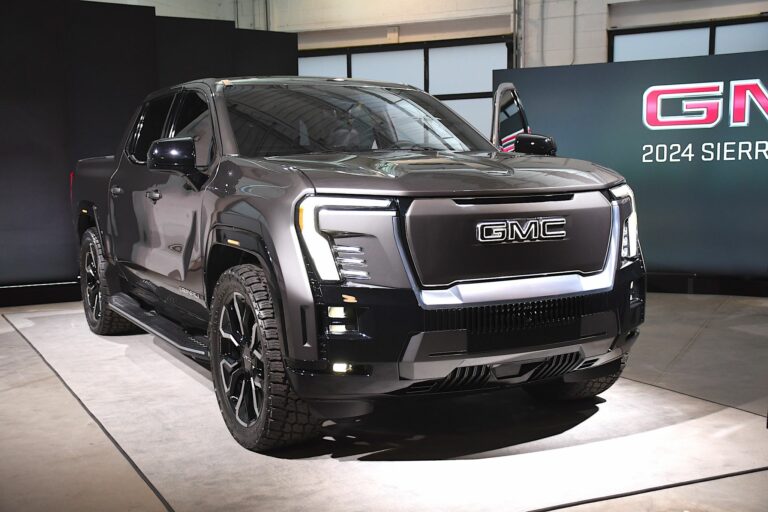
Catégories :
Electric cars and pollution: myths and realities
2021-10-19 - Updated 2024-02-08

It's no secret that we're in the midst of an environmental crisis. Pollution and the environmental impact of road transport weigh heavily on the balance. Presently in Quebec, road transport is currently responsible for 34% of greenhouse gas emissions in Quebec. The solution: electrify transport. This will reduce greenhouse gas emissions, partly responsible for climate change
Today, we are aware of the benefits of electric cars on the environment. However, it is important to remember that when electric cars first hit the market several years ago, many industries worked hard to make them seem as polluting as gasoline cars.
These myths have remained very persistent in people's minds today. At BEQ Technology, we are constantly faced with people who are still skeptical about the environmental nature of electric cars. Today, we will address the myths and realities of electric cars in relation to pollution and the environment.
Electric Cars and Pollution: Myths and Realities
1. ELECTRIC VEHICLE BATTERIES ARE POLLUTING AND NON-RECYCLABLE
Battery technology in electric cars has evolved significantly over time and will continue to do so. Today's batteries have a useful life of about 20 years. After that, they are recycled up to 95% or used for other purposes.
Recyclage Lithion, a company in Montreal, has developed an innovative technology that recycles 95% of the components of lithium-ion batteries. Alternatively, before being recycled, batteries are reused alongside energy sources such as wind or solar power to ensure their stability. Batteries can store energy to continue providing electricity if wind or sunshine is not available.
The lifespan of a battery is not related to the kilometers driven but rather to the charge/discharge cycles. Thus, the average lifespan of a battery is 1,000 to 1,500 charge/discharge cycles. This is equivalent to approximately 200,000 to 500,000 km, depending on the car's usage. For a car that travels 20,000 km per year, the battery can last between 10 and 15 years. Note that a cycle refers to the charging from 0% to 100% and not a recharge of the car.
So, contrary to this widespread myth, it is false to believe that batteries are polluting and non-recyclable.
2. THE ELECTRIC CAR IS AS POLLUTING AS THE GASOLINE CAR
It is true that the electric car has an environmental impact during its manufacture. However, it does not pollute during its lifetime since it does not emit greenhouse gases since it is powered by electricity. Additionally, when calculating the environmental impact of manufacturing a vehicle, we need to consider its entire lifespan. Furthermore, electric cars use regenerative braking, which returns energy to the battery, does not wear out mechanical brakes (similar to those on gasoline cars), does not produce polluting airborne particles, and has an extremely long lifespan of about 5 to 8 years. Regarding gasoline cars, environmental impacts occur both during manufacturing and throughout their lifespan. A gasoline car will always be more polluting.
3. THE ENERGY USED TO GENERATE ELECTRICITY IS NOT ALWAYS CLEAN
This is true, at least for some countries or provinces that generate electricity from fossil fuels such as coal or nuclear power plants. However, in Quebec, we have a significant advantage because hydroelectricity is a clean and renewable energy source. This makes the electric car a much more environmentally friendly choice.
4. THE MATERIALS USED FOR ELECTRIC CAR BATTERIES COME FROM POLLUTING INDUSTRIES
In the manufacturing of batteries, several minerals are used, such as lithium, cobalt, nickel, and copper. However, these industries are strongly criticized for causing mining pollution. It is false, however, to link this phenomenon solely to the production of electric cars and batteries since these same materials are also required for the manufacturing of computers, smartphones, and other technologies widely used in households worldwide.
According to Natural Resources Canada, rare earth elements (REE) are used in many industrial applications, including electronics, energy, aerospace, automotive, and defense. "The most important use of rare earths (24%) is found in permanent magnets, which are a component of our cell phones, televisions, computers, automobiles, etc. The second most important use of rare earths is found in cracking catalysts for petroleum products (21%)."
The good news is that new technologies are already in development and will continue to emerge in the coming years. The world is constantly evolving, and the green energy revolution is well underway. The best initiative is to stay informed and make good decisions based on the future.
Currently, it is clear that driving an electric car in Quebec is undoubtedly advantageous for the environment. Together, we are changing the world, one electric car at a time. Be a part of the change!
You like this article? Check out this one:






